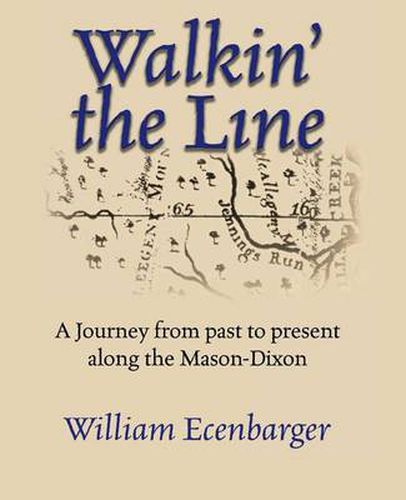Readings Newsletter
Become a Readings Member to make your shopping experience even easier.
Sign in or sign up for free!
You’re not far away from qualifying for FREE standard shipping within Australia
You’ve qualified for FREE standard shipping within Australia
The cart is loading…






If the Mason-Dixon Line could talk, here are the stories. It would tell. Pulitzerprize winning reporter and travel writer Bill Ecenbarger has walked the Mason-Dixon line - from its beginning on Fenwick Island, Delaware, to its end at Brown’s Hill, Pennsylvania - diverting left and right to Interview the people who live along its border. The line was surveyed between 1763 and 1768 by Charles Mason and Jeremiah Dixon to settle a dispute between Robert Penn and Lord Calvert, whose family owned what is now the state of Maryland. In 1780, Pennsylvania passed a law to abolish slavery, making the Mason-Dixon Line the divider between free and slave states. From that moment, it also became a lightning rod for racial conflict that continues to this day. This unique history/travelogue examines the influence of this great divider, which remains the most powerful symbol separating Yankee from Rebel, oatmeal from grits, North from South.
$9.00 standard shipping within Australia
FREE standard shipping within Australia for orders over $100.00
Express & International shipping calculated at checkout
If the Mason-Dixon Line could talk, here are the stories. It would tell. Pulitzerprize winning reporter and travel writer Bill Ecenbarger has walked the Mason-Dixon line - from its beginning on Fenwick Island, Delaware, to its end at Brown’s Hill, Pennsylvania - diverting left and right to Interview the people who live along its border. The line was surveyed between 1763 and 1768 by Charles Mason and Jeremiah Dixon to settle a dispute between Robert Penn and Lord Calvert, whose family owned what is now the state of Maryland. In 1780, Pennsylvania passed a law to abolish slavery, making the Mason-Dixon Line the divider between free and slave states. From that moment, it also became a lightning rod for racial conflict that continues to this day. This unique history/travelogue examines the influence of this great divider, which remains the most powerful symbol separating Yankee from Rebel, oatmeal from grits, North from South.